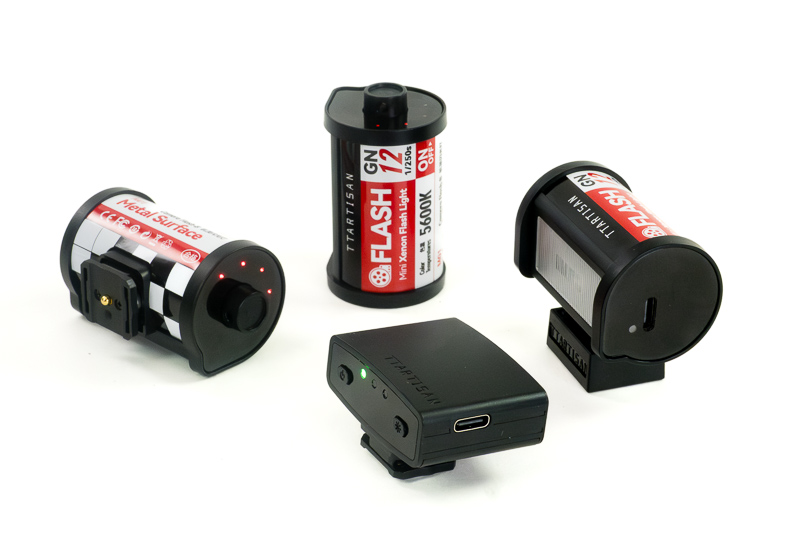
Introduction
TTArtisan had earlier released LED lamps in the shape of a 35mm film roll. Later, they also released the RGB version of those lamps. Tiny LED lamps that can be easily carried in a pocket and hidden behind any object to be photographed, adding an extra element to the images. Now, they have released camera flashes in that format, the M01 flash together with the wirelless trigger J01. Let’s have a brief look at them.
![]() I tested these falshes on a Nikon Zf and a Nikon Zfc.
I tested these falshes on a Nikon Zf and a Nikon Zfc.
 You can see this review as a YouTube video here!
You can see this review as a YouTube video here!
![]() Sample images in high resolution here.
Sample images in high resolution here.
Sample Images

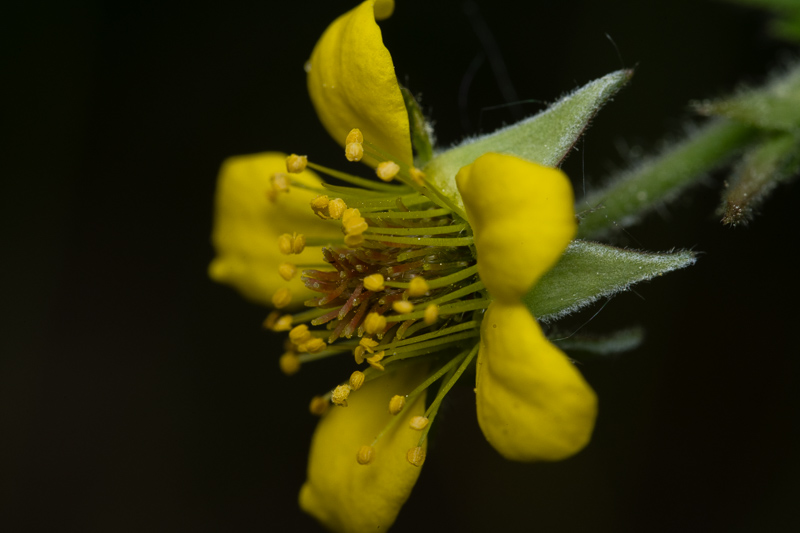
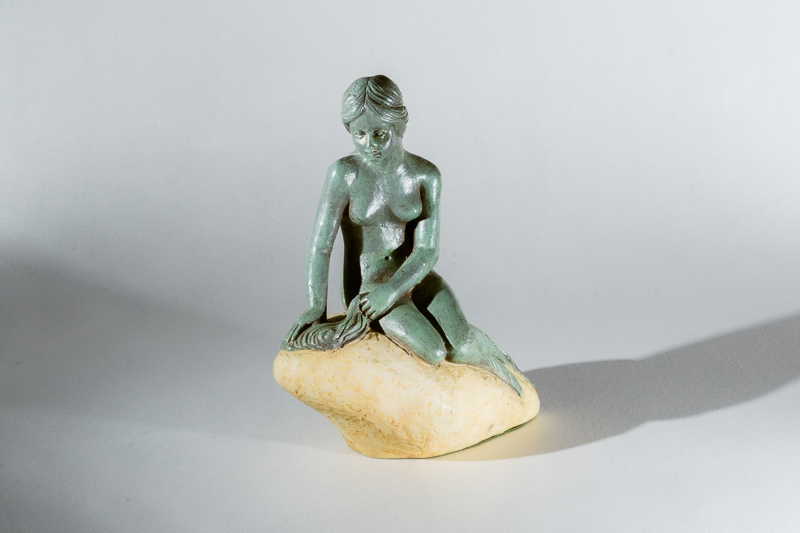
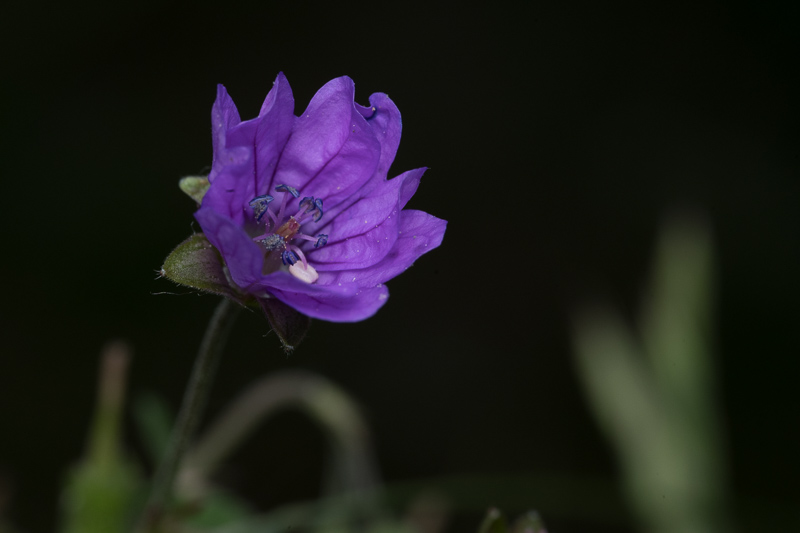
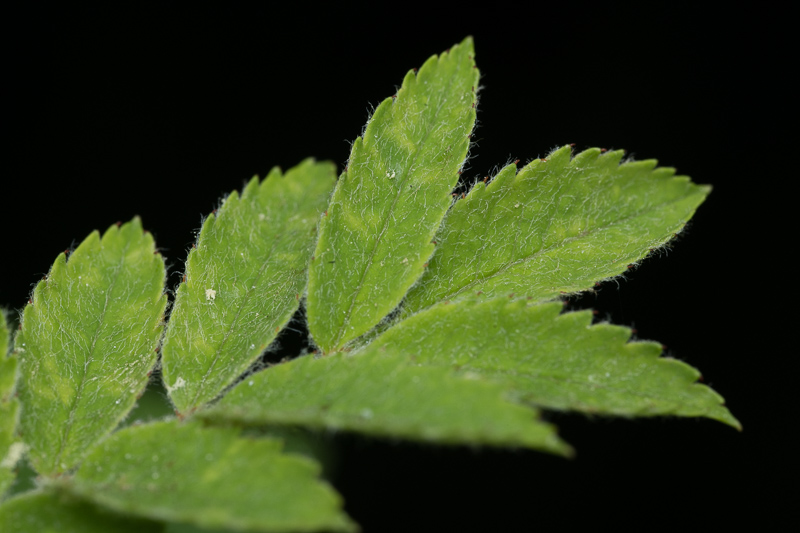
Most of the sample images in this review and many more can be found in higher resolution here.
Specifications
Flash
| Model Name | M01 |
| Light Type | Xenon Flash |
| Colour Temperature | 5600K (±200K) |
| Guide Number (GN) | 12 GN |
| Power Levels (Recycling time) | 1/8 (Continuous), 1/4 (2 s), 1/2 (3 s), 1/1 (4 s) |
| Sync Speed | 1/250 s (Max) |
| Trigger | Hot shoe, Wireless trigger |
| Flash Count | Approx. 800 flashes (Average power) |
| Power | Built -in Lithium Battery (3.7 V, 350 mAh) |
| Charging Method | USB-C contact |
| Size & Weight | 30 x 48 mm, 35 g |
Wireless Trigger
| Model Name | J01 |
| Channel | Exclusive channel |
| Signal Range | 3 m |
| Battery | Built -in Lithium Battery |
| Charging Method | USB-C contact |
| Size & Weight | 16 x 31 x 42 mm, 18 g |
| Buy new: TTArtisan Store, Amazon: Flash $29, Wireless Trigger $10 (Affiliate links) |
Disclosure
TTArtisan kindly provided a couple of flashed and a wireless trigger for test and review purposes.

Handling
The TTArtisan Flash M01 is compact — slightly larger than the previously released TTArtisan LED lamps. For reference, here’s a size comparison between the LED lamp, the M01 flash, and a standard matchbox.

The flash is fully manual, no TTL for any brands and no Auto mode either. To turn on or off the flash, press and hold the round button on top. A small indicator LED lights up, showing that the flash is on and at 1/8 power. Each short press of the button increases the flash power:
- 1/8 power (1 LED lit)
- 1/4 power (2 LEDs lit)
- 1/2 power (3 LEDs lit)
- Full power (4 LEDs lit)
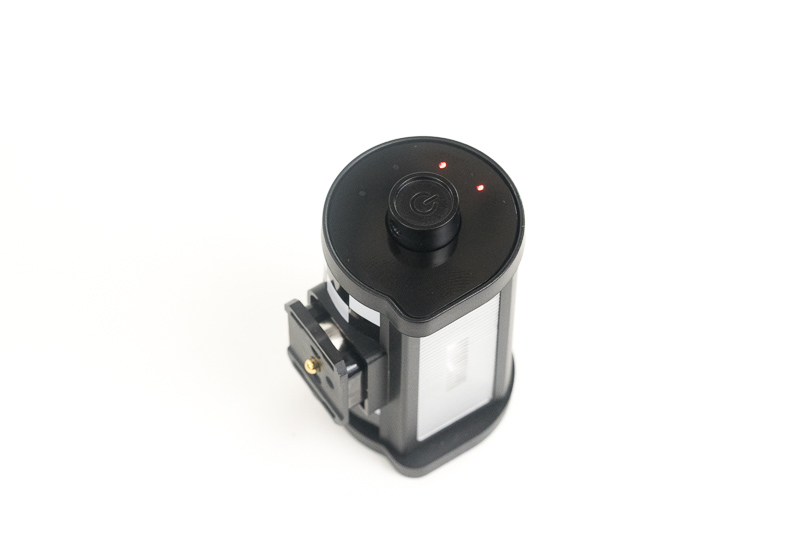
There is an auto power off mechanism that turns the flash off if it is left unused for an hour. The flash is non-articulating, with no tilt or swivel capability. There is a tripod cold shoe included in the box which is used to mount the flash off camera on a tripod with 1/4″ thread.

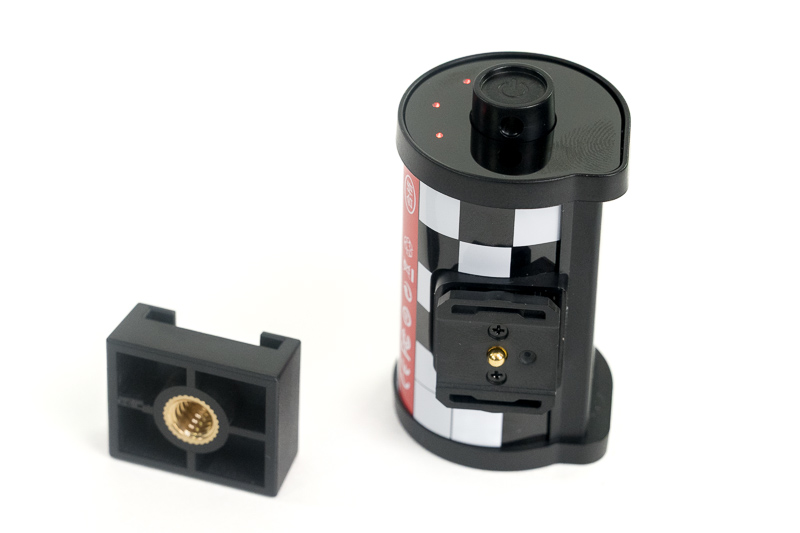

The flashes can be triggered either via the centre pin on the hot shoe or by a wireless trigger off the camera.
The trigger has an On-Off button that turns the trigger on or off by pushing and holding the button. A separate test button allows you to fire the flashes wirelessly without needing to take a photo. The trigger operates on a single channel but can fire multiple flashes simultaneously, as long as they are within range. On the rear of the trigger are three LED indicators: one lights up when the flash is powered on, another is a test flash indicator, and the third lights up red during charging, which turns green when fully charged.
Both the flash and the wireless trigger feature built-in lithium batteries that are charged via a USB-C port. The flash also includes an LED indicator that lights up red while charging and turns green when fully charged. (See the image at the top of the article!)
Field Experience
The compact size and light weight of these flashes and the trigger make them highly portable. They can easily be carried in a camera bag’s side pocket—or even in trouser or shirt pockets—without being noticed. The fact that there is a wireless trigger makes them versatile, allowing for off-camera use in various setups. I was surprised by how powerful the light is for such a small unit; it covers a field of view equivalent to around 28mm lens without too much vignetting, which is impressive for something this compact without a wide-angle modifier.
Coverage with different focal lengths.
That same compact size, however, also introduces some practical drawbacks. The light from such a tiny source is very focused, making the flash less suitable for photographing larger—or even medium-sized—subjects. This results in a very hard light quality, with harsh shadows and abrupt transitions between light and dark areas. Additionally, the compact design makes it difficult to attach or use light modifiers effectively. The non-articulating flash head is another limitation, as it restricts flexibility in directing the light.
As seen in the previous image series and the one that follows, the small size and close proximity to the camera lens cause the light to be shaded when using wide-angle lenses.
Following images were taken with one flash on the camera.
That said, it works well for small subjects. Multiple flashes can be arranged to create an effective lighting setup for small objects, or even tight portraits. The following images were taken with off-camera flashes.
In fact, it’s particularly useful for macro photography, where many photographers prefer using small flashes in manual mode. However, the recycling time is not the fastest and may cause frustration when burst shooting or focus stacking.
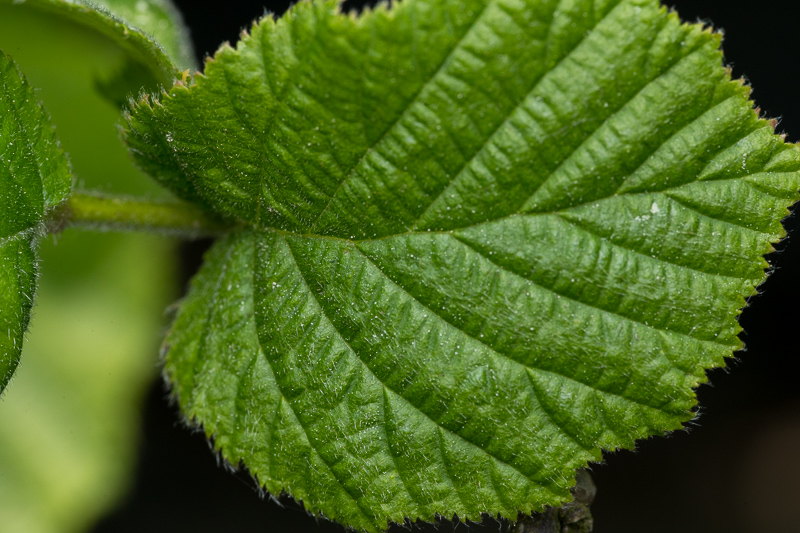
Another important point to note is that using a single bare on-camera flash for macro photography is ineffective, as the lens tends to cast a shadow on the subject. To address this, I used a diffuser positioned near the front of the lens to both direct and soften the light for the macro shots.
Conclusion
The M01 flash is a fun and practical accessory. Thanks to its compact size, it can be carried with you — or even worn — at all times without inconvenience. Its ability to fire wirelessly, including multiple flashes at once, adds to its versatility. It can be used creatively to build complex lighting setups for small subjects, making it ideal for closeup and macro photography. Another strong point is the affordability of both the flash and its wireless trigger.
However, the M01’s compactness is a double-edged sword. Its small light source, combined with the lack of tilt and swivel functionality, limits its flexibility. The trigger has only one channel, and the flash operates solely in manual mode — though manual control is actually preferred by some photographers.
Despite its limitations, the M01 excels in specific situations—particularly in outdoor macro photography, where a lightweight and flexible setup is essential.


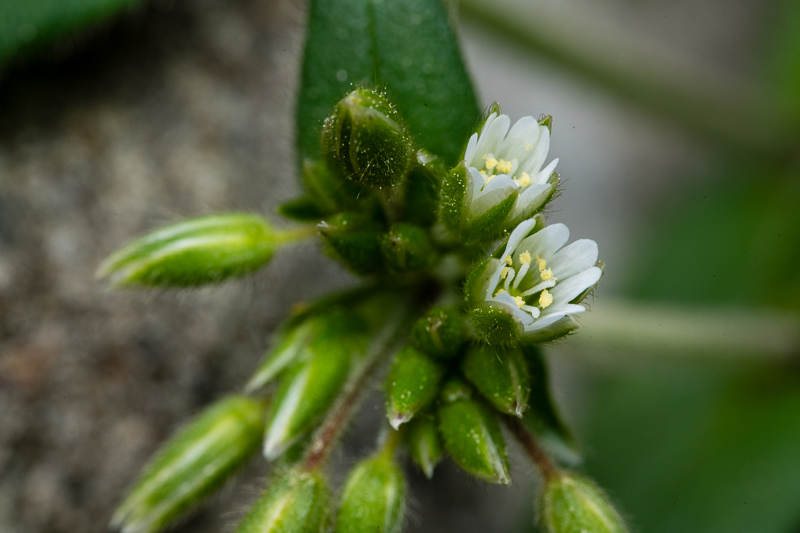

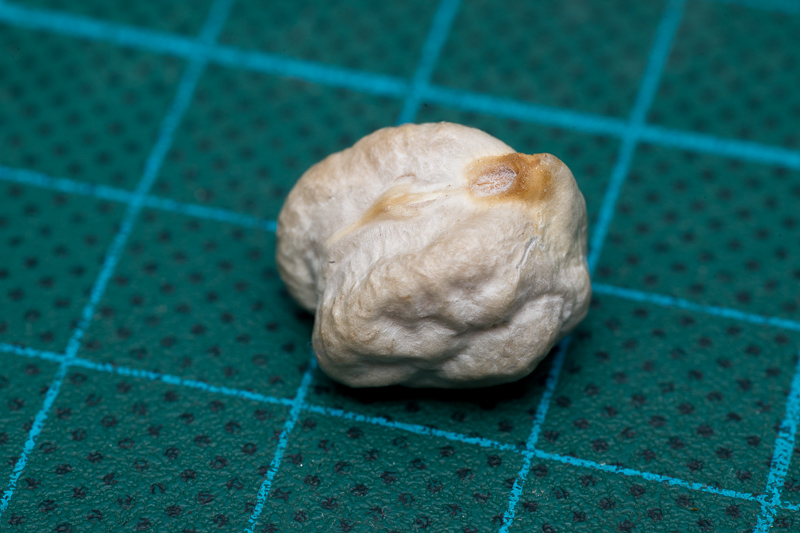
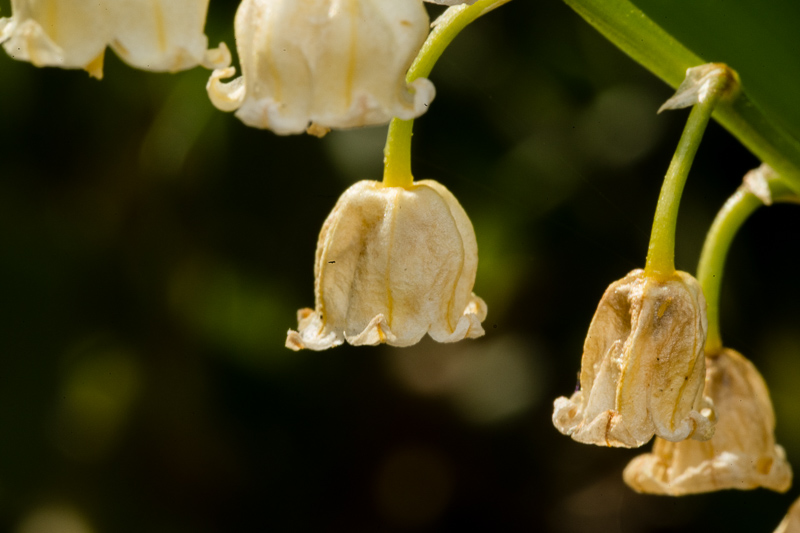

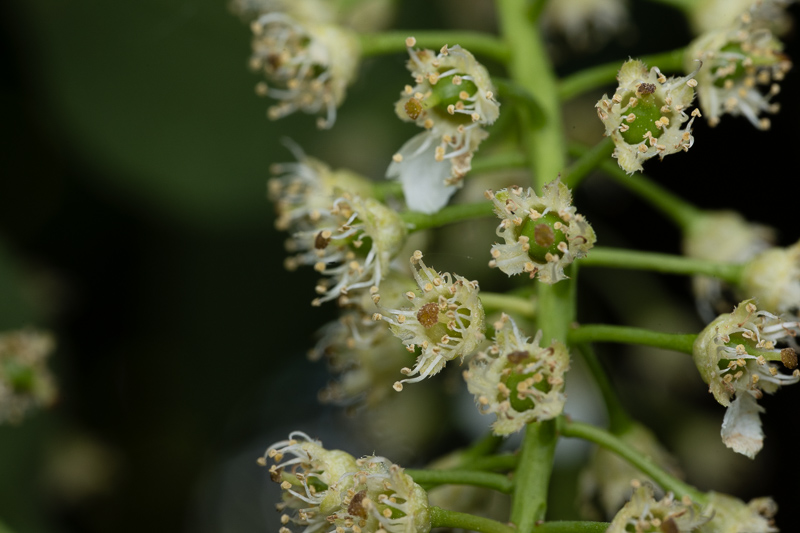
Most of the sample images in this review and many more can be found in higher resolution here.
| Buy new: TTArtisan Store, Amazon: Flash $29, Wireless Trigger $10 (Affiliate links) |
Further Reading
- What camera gear and accessories do I use most frequently?
- REVIEW: FotoPro Origin Plus Travel Tripod
- Review: Walkingway Effect Filters: Black Mist, Streak, Star, Prism, and Soft Filters
- Review: TTArtisan Dot Sight
Support Us
Did you find this article useful or did you just like reading it? It took us a lot of time and money to prepare it for you. Use the Donate button to show your appreciation!
![]()

(Donations via Paypal or bank card)
What’s in my camera bag? MY 2024 KIT!!
- Main camera : https://amzn.to/3TsGtKg
- Camera grip : https://amzn.to/4e0G3CR
- Memory Card 1: https://amzn.to/47pA20i
- Memory Card 2 : https://amzn.to/3XHYxlZ
- Camera 2 : https://amzn.to/3Xifou8
- Camera grip: https://amzn.to/4dYYpV9
- Memory card 1: https://amzn.to/4e5h2H0
- Memory card 2: https://amzn.to/3zu7W7n
- Small travel tripod: https://amzn.to/4goIX68
- Mini tripod: https://amzn.to/4e09XXX
- Small shoulder bag: https://amzn.to/47tPMiY
- Medium shoulder bag: https://amzn.to/4ej4bjY
This site contains affiliate links, for which I may receive a small commission if you purchase via the links at no additional cost to you. This helps support the creation of future content.
Martin
Latest posts by Martin (see all)
- REVIEW: 7Artisans AF 35mm f/1.8 - October 15, 2025
- REVIEW: Nikon AI Nikkor 24mm f/2 - October 12, 2025
- REVIEW: Viltrox Spark Z3 Flash - October 10, 2025
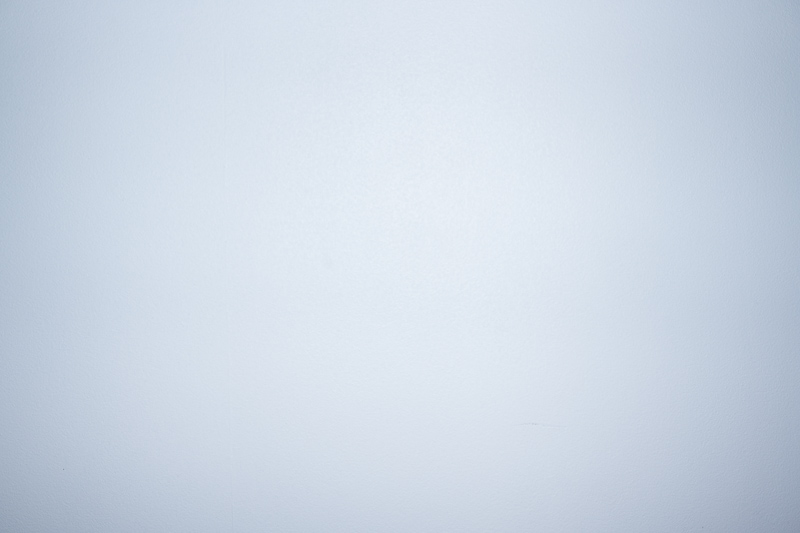

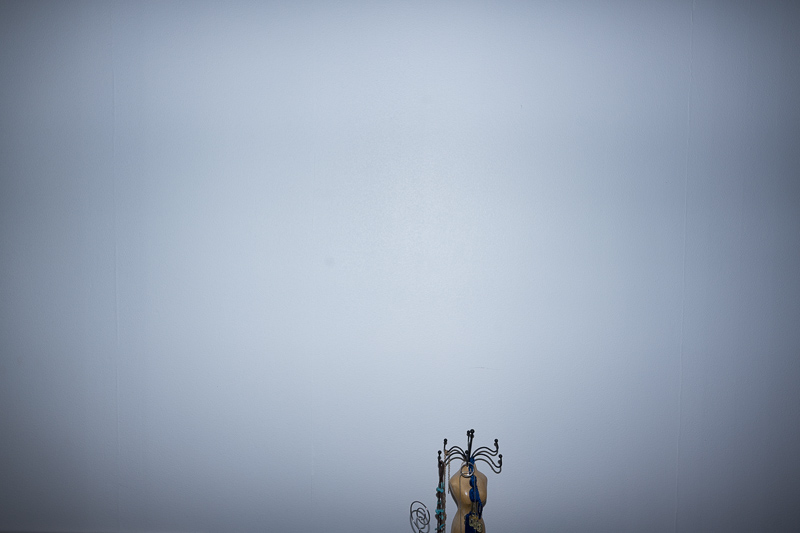
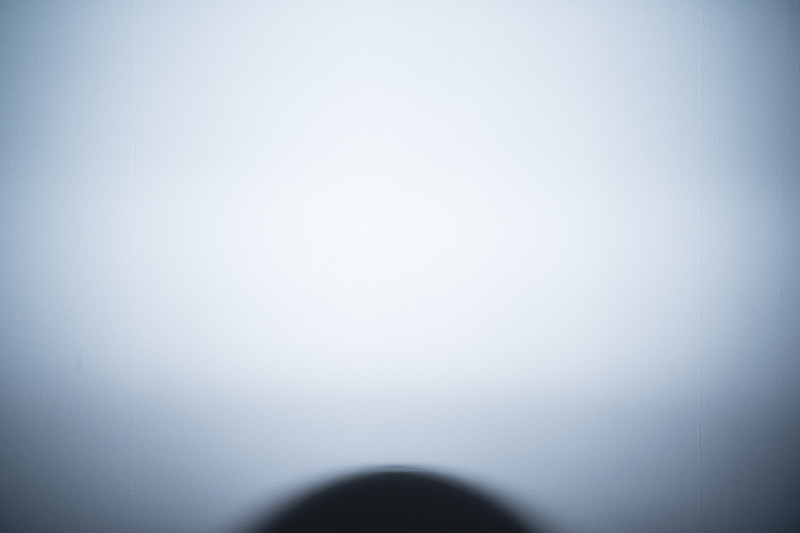
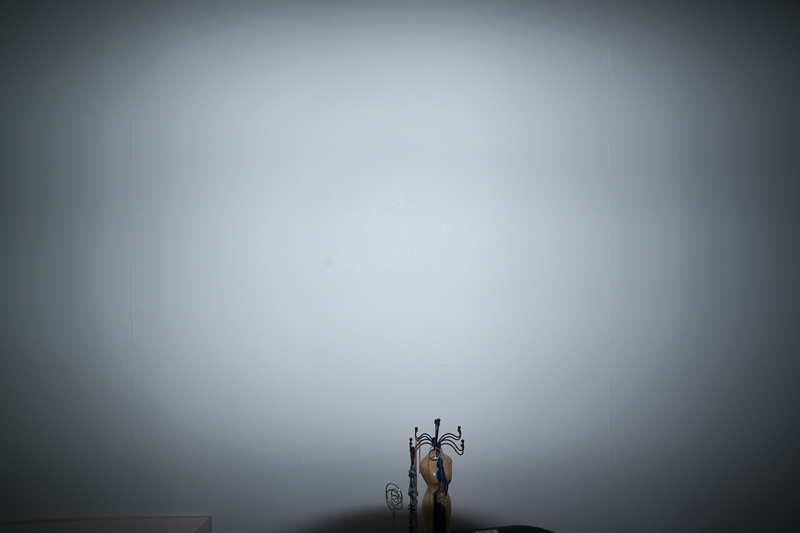

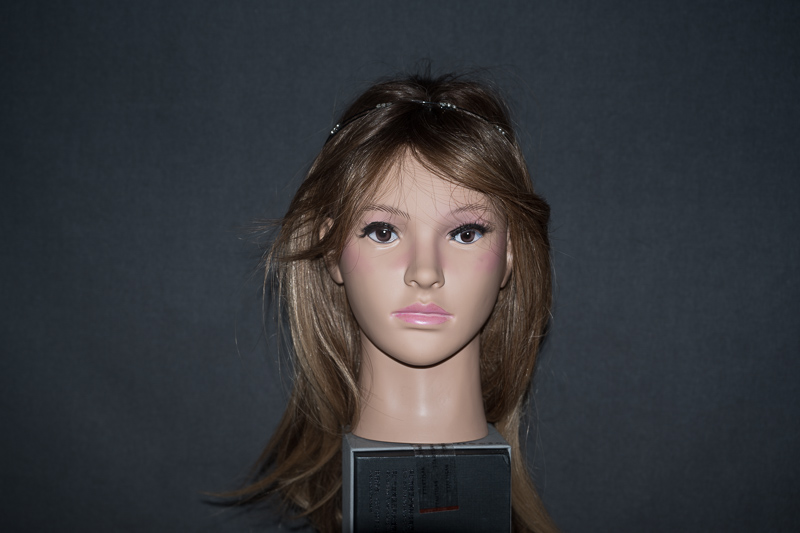

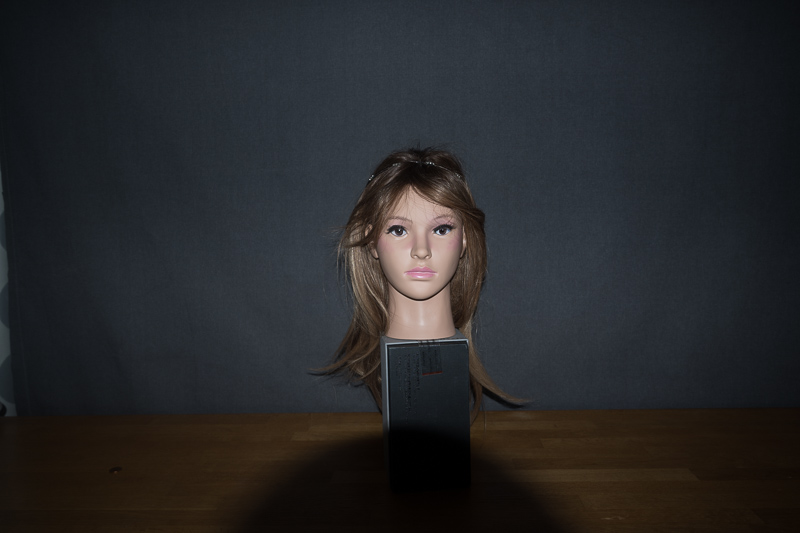
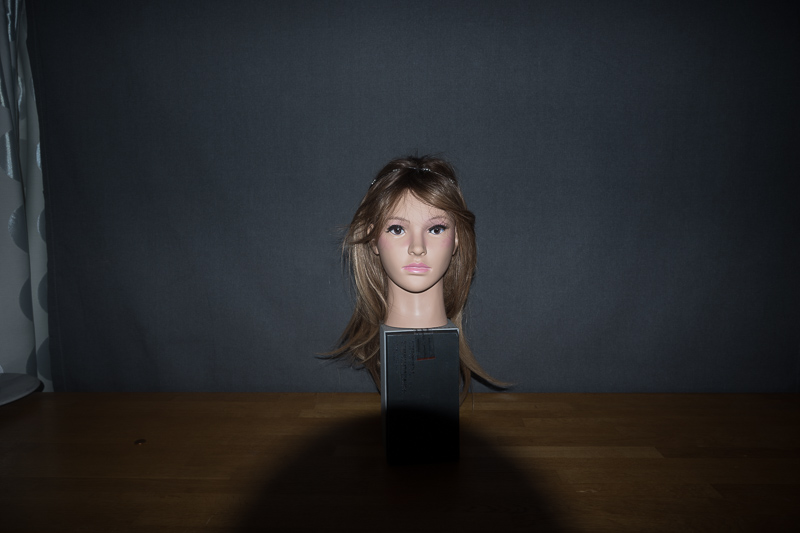
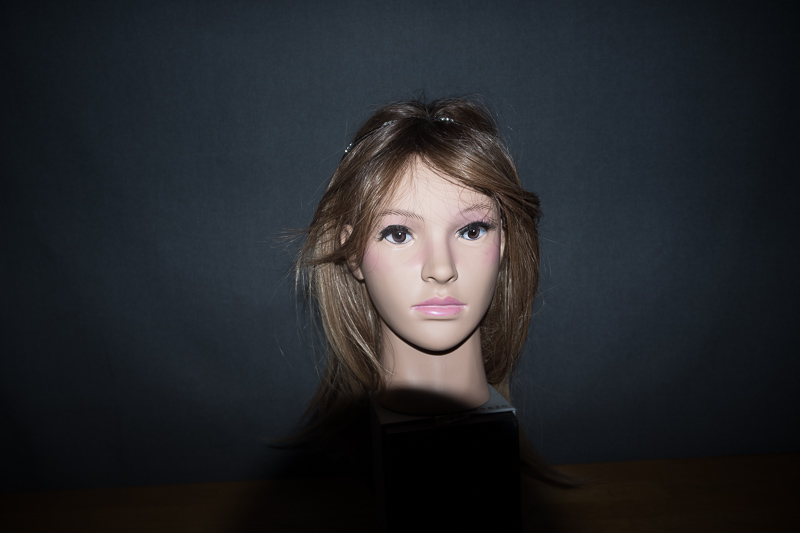
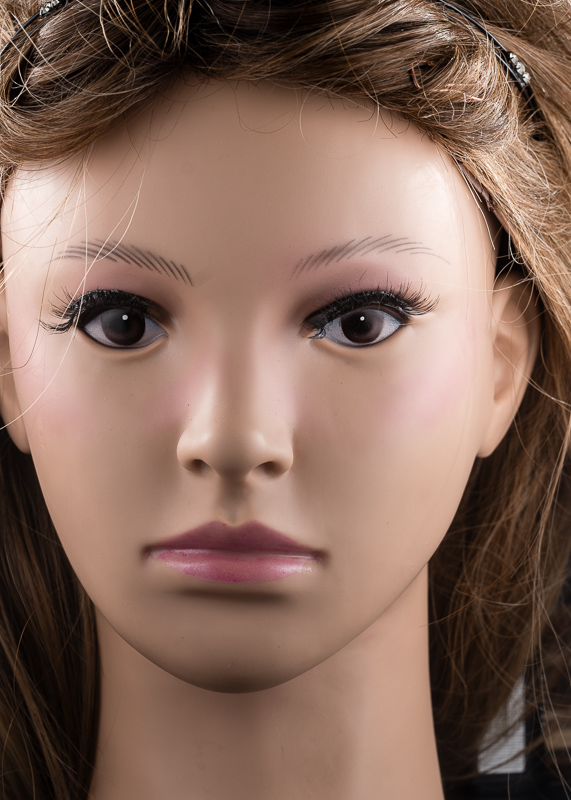
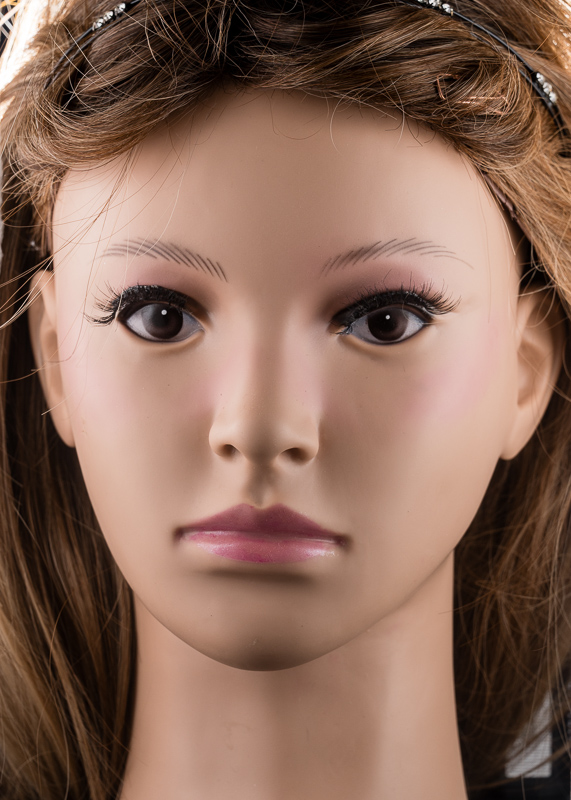
You mention that you used a diffuser close to the lens for macro photography.
This makes me very curious – could you show us the setup? Was the diffuser fixed to the lens? Or on a tripod? What kind of diffuser?
The diffuser is kind of fixed on the lens, I normally bend it forward and hold it there when taking the shot so that it comes closer to the subject.
It is a very cheap diffuser of this type: https://amzn.to/3Td8Fjz
There is a famous joke about this on RedNote. Some one got this flash with a bunch of other film sent into a film studio for development. The developer accidentally turned on the flash and the whole room of films were ruined lol.